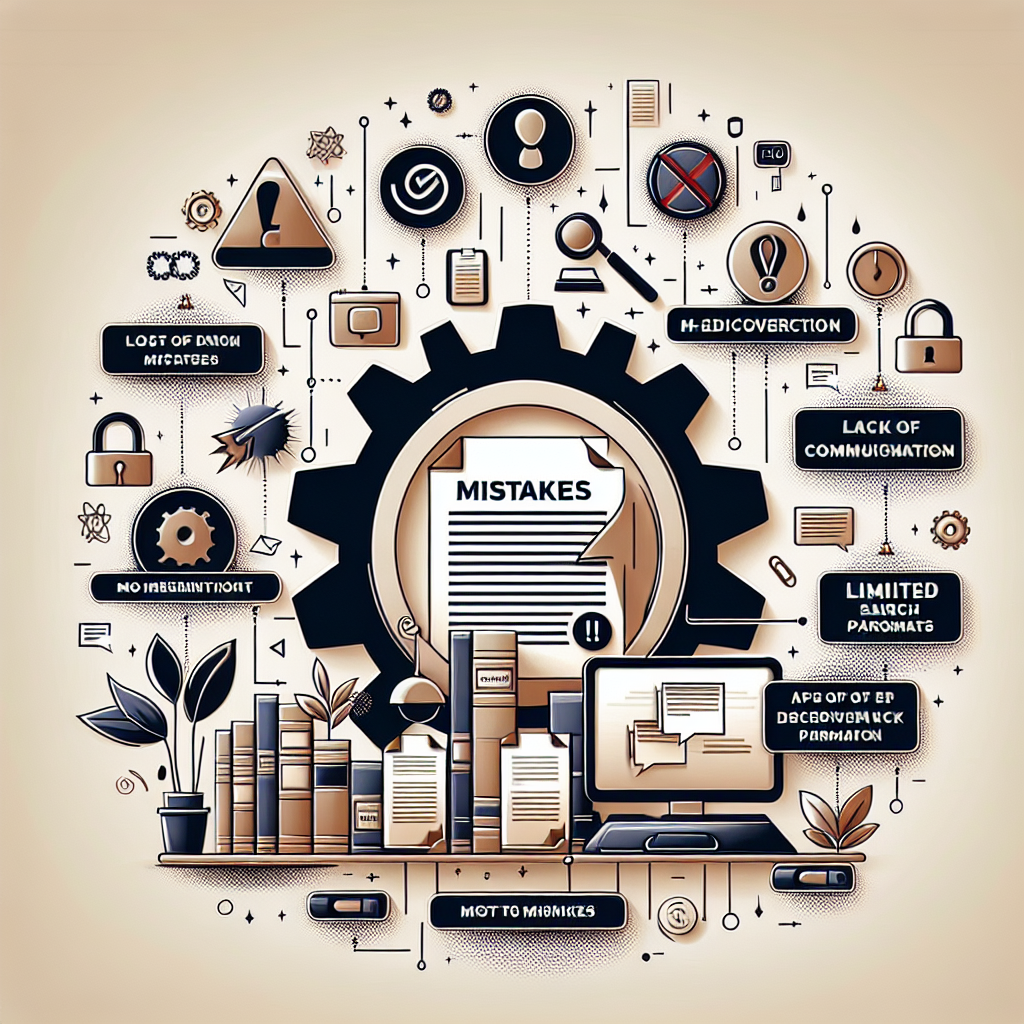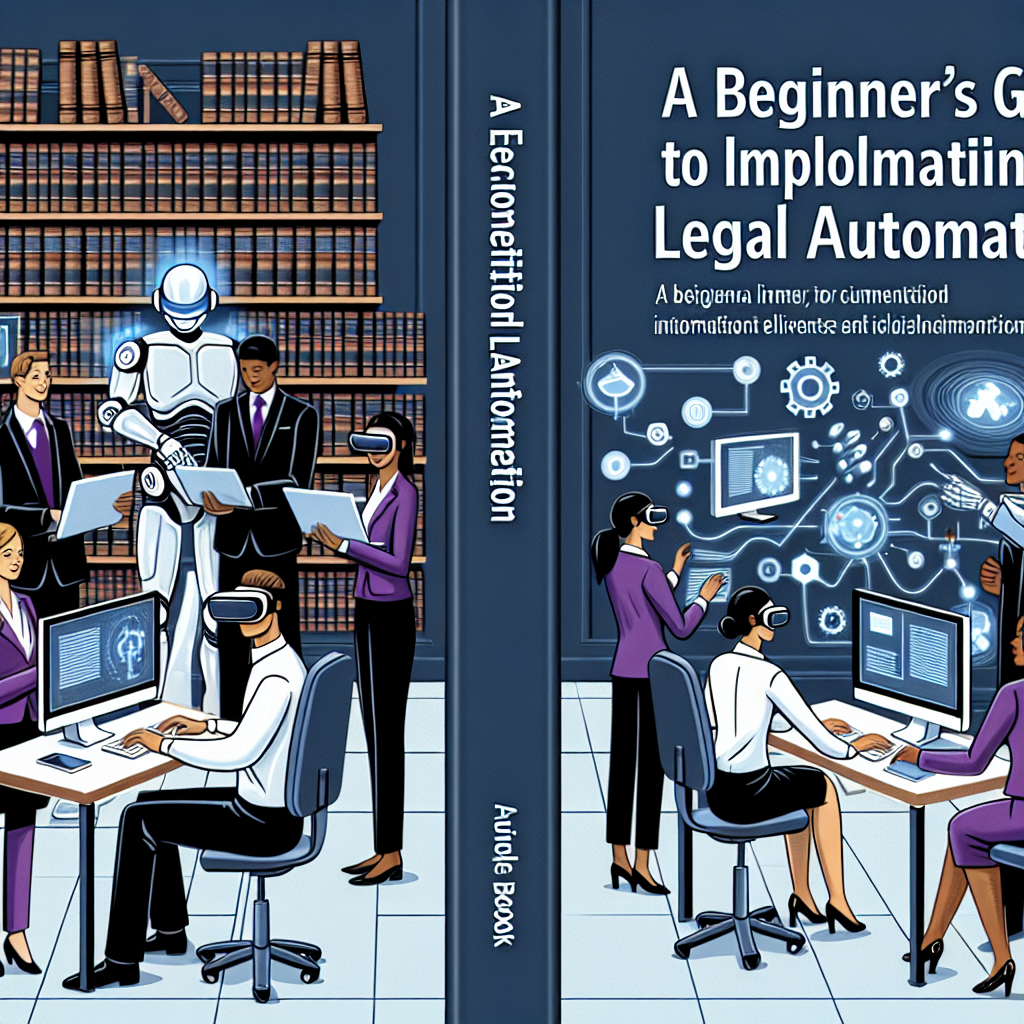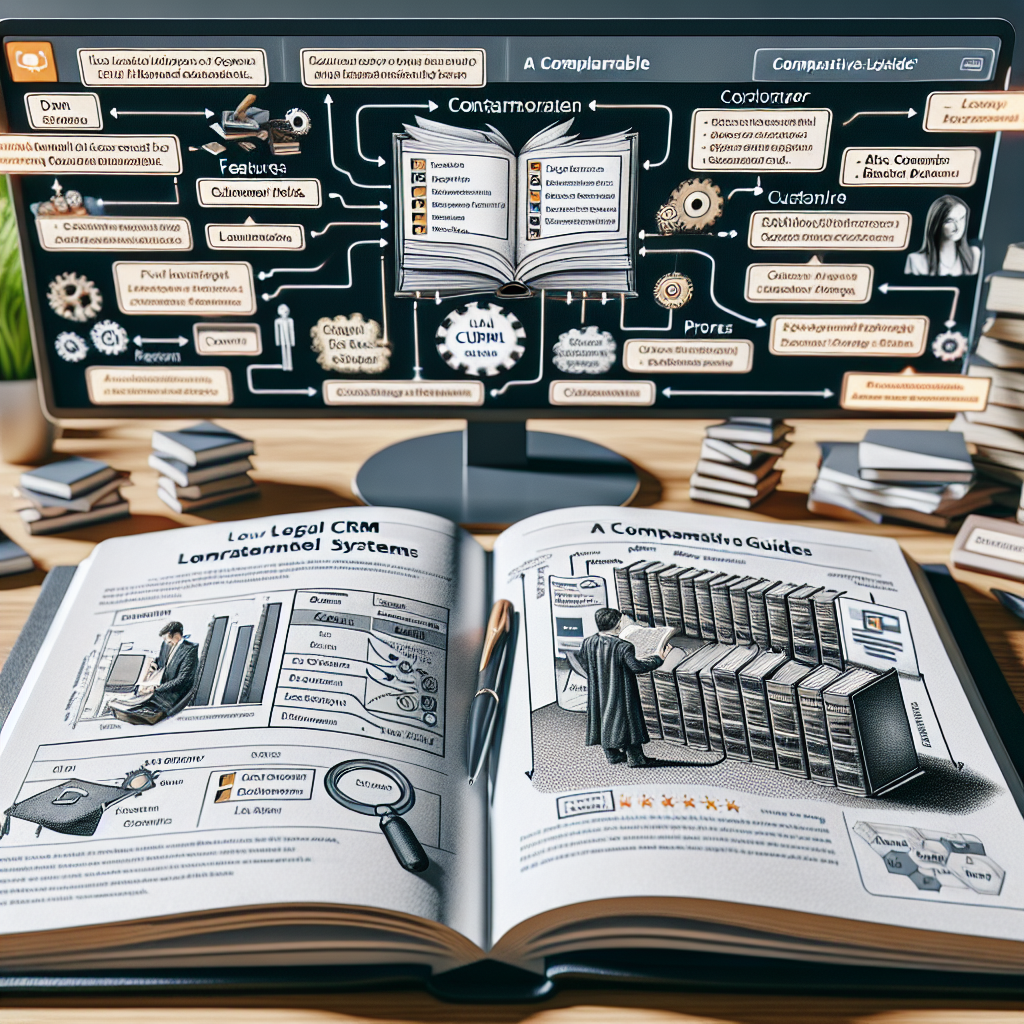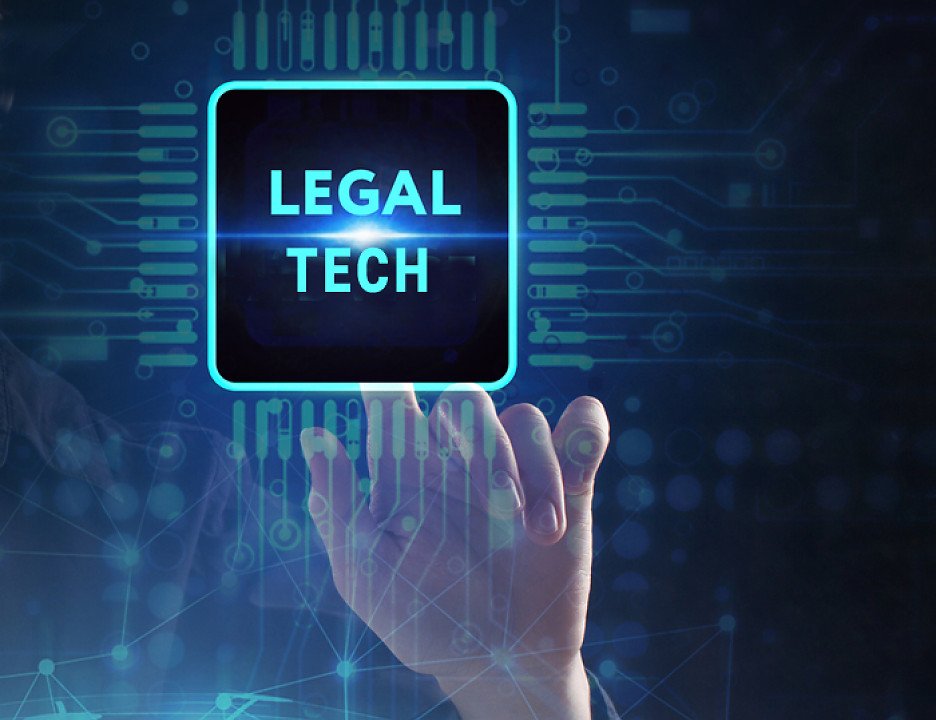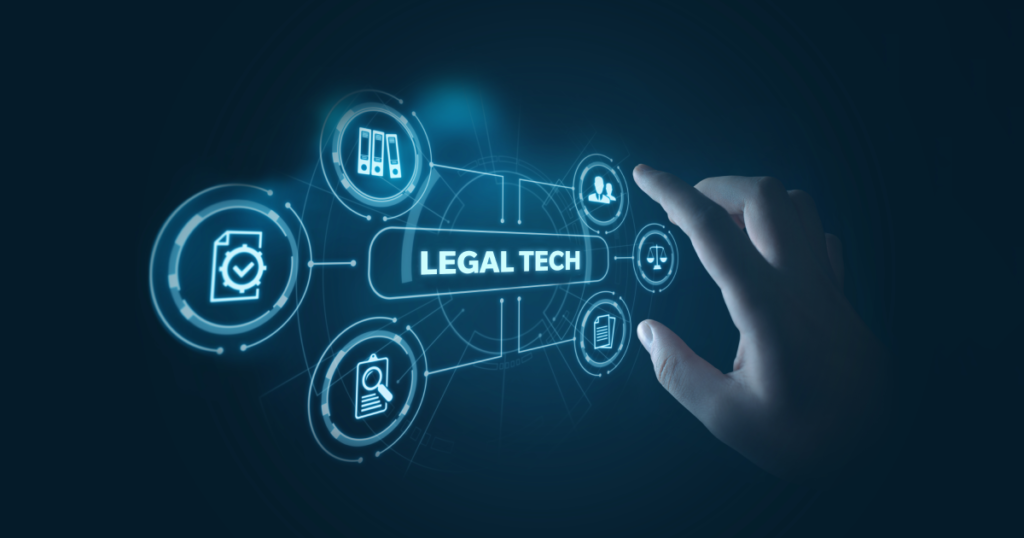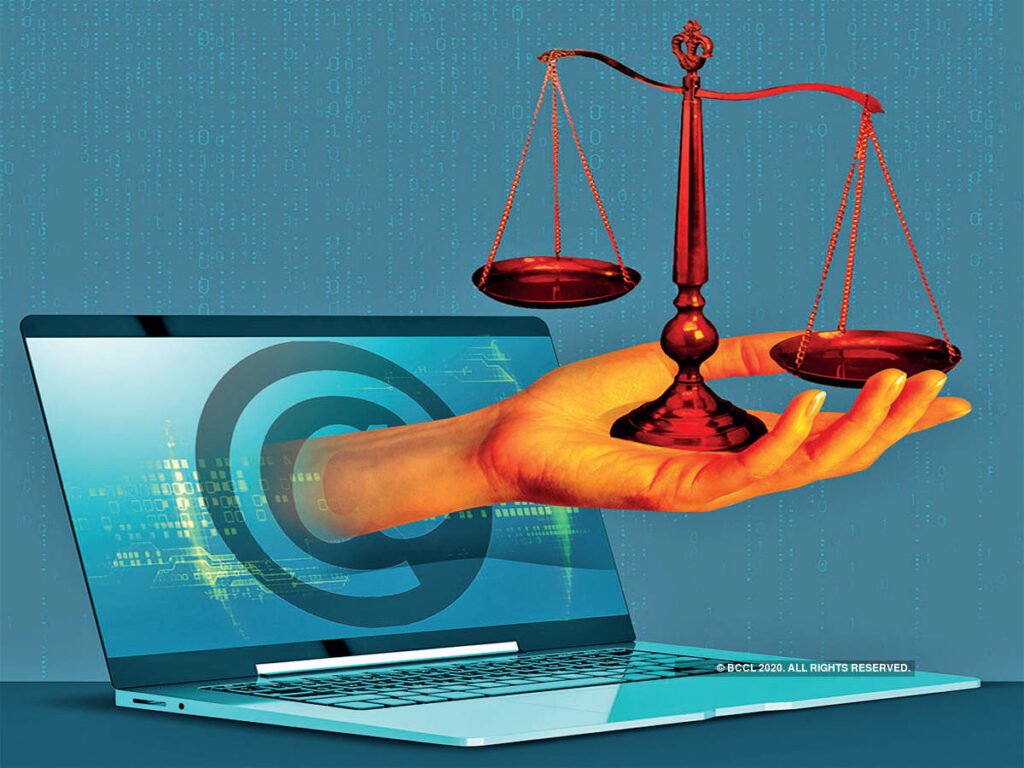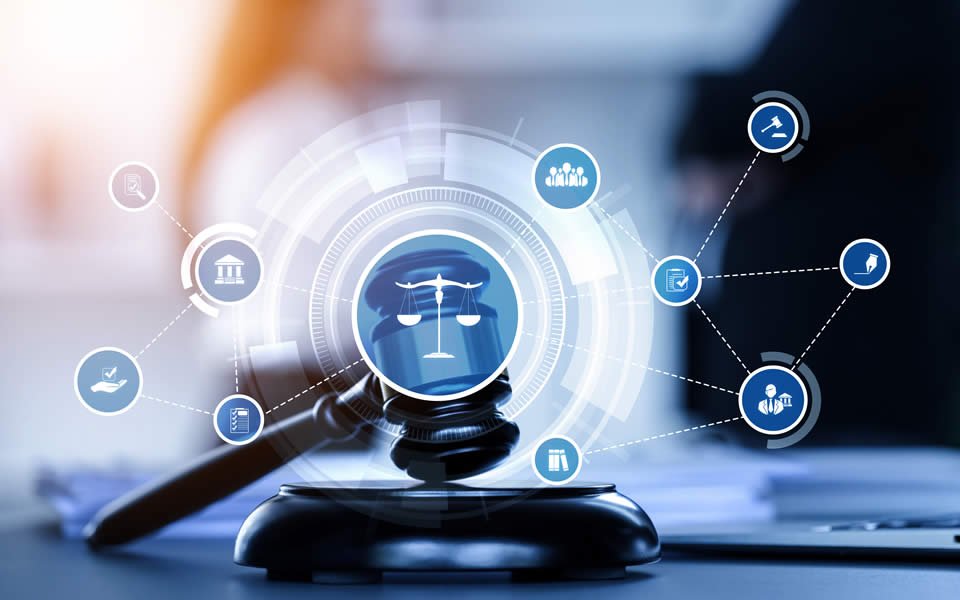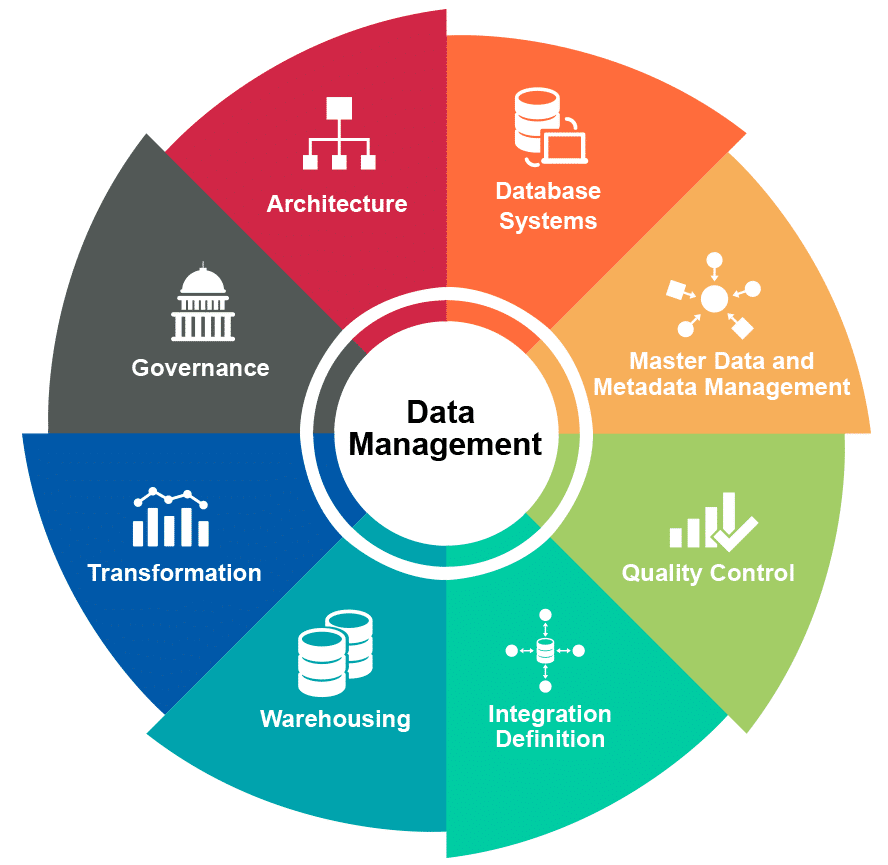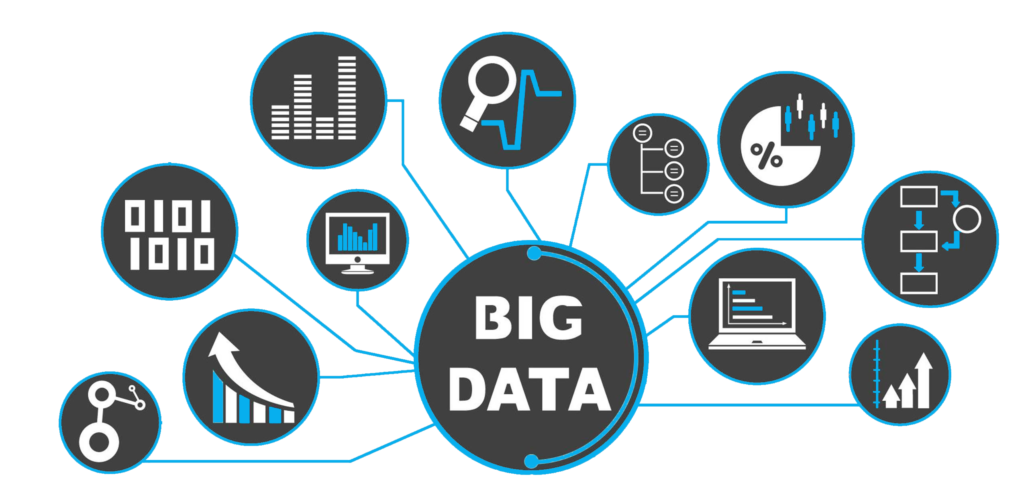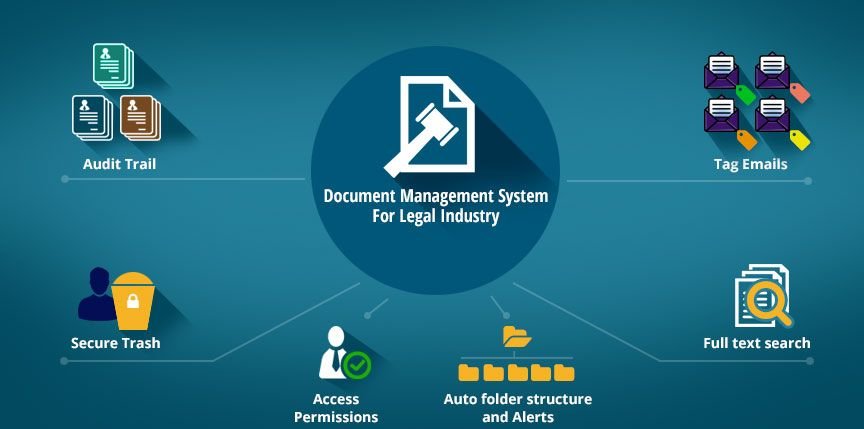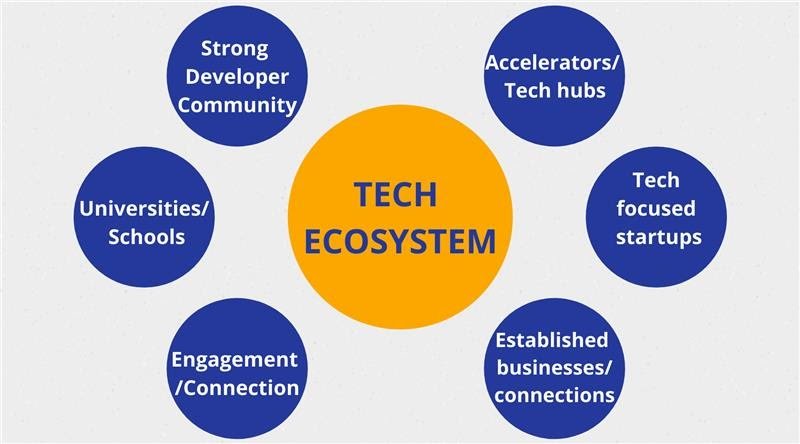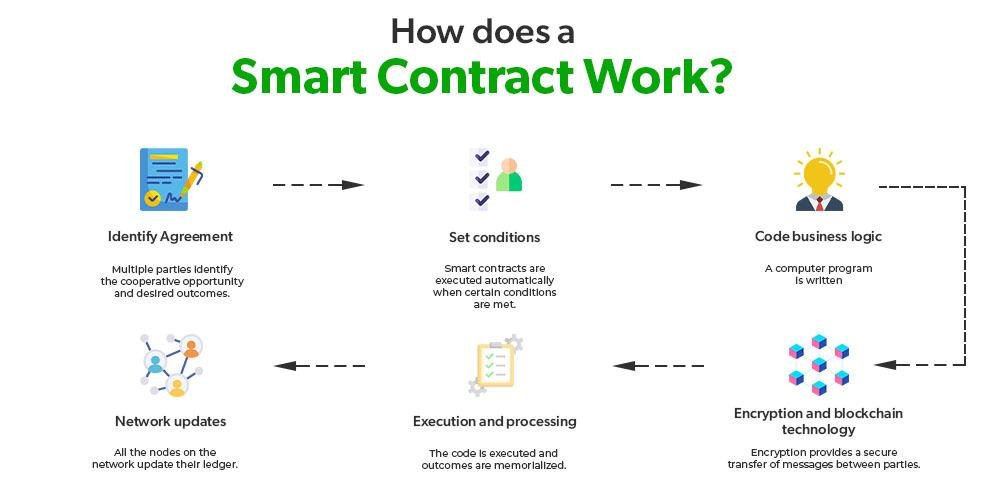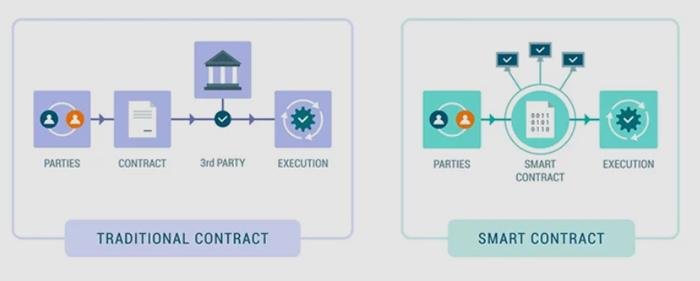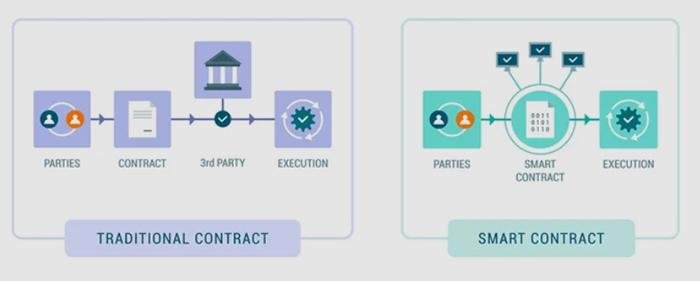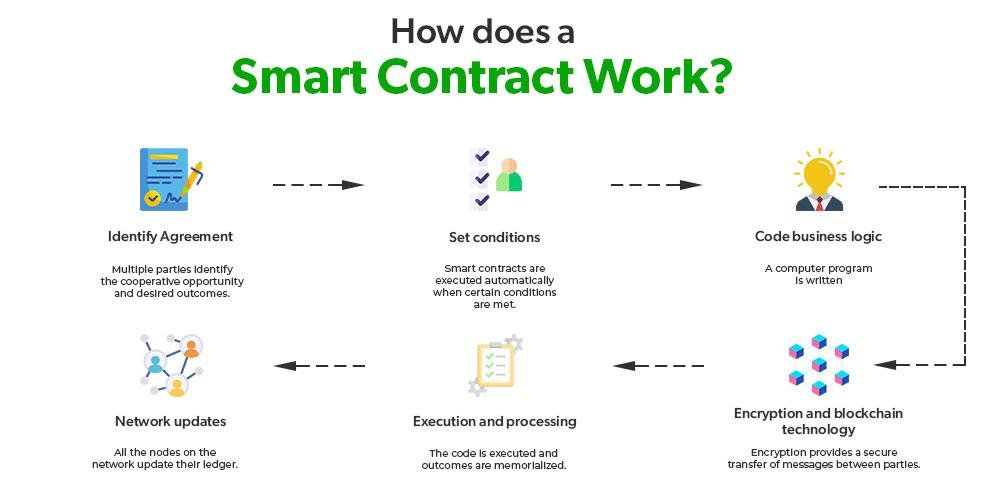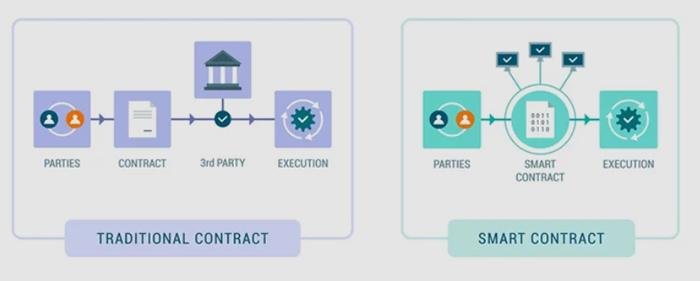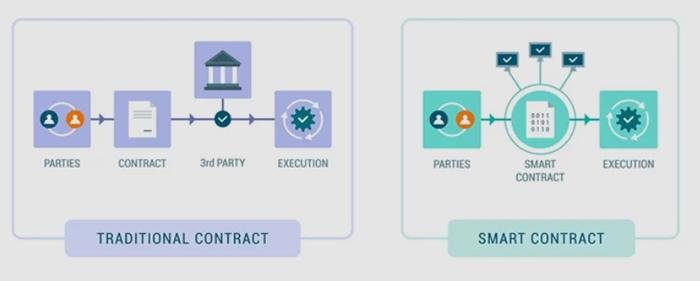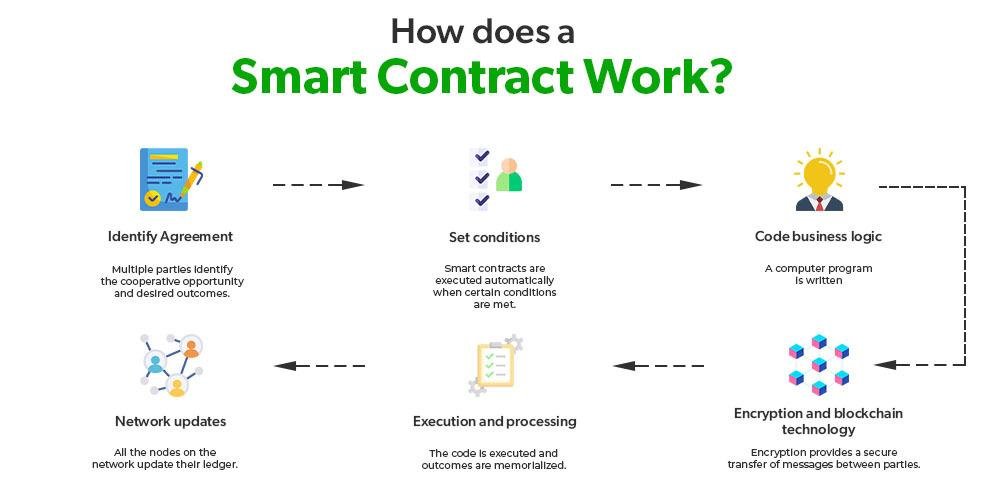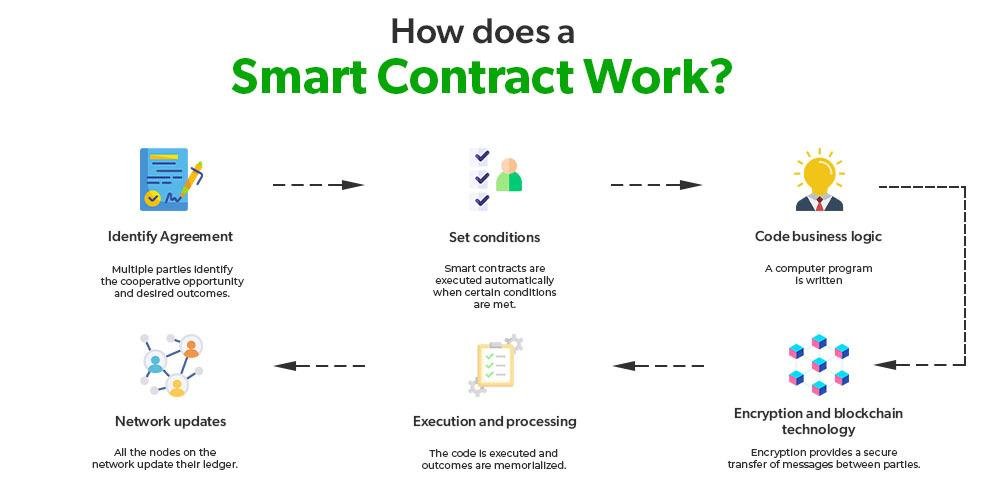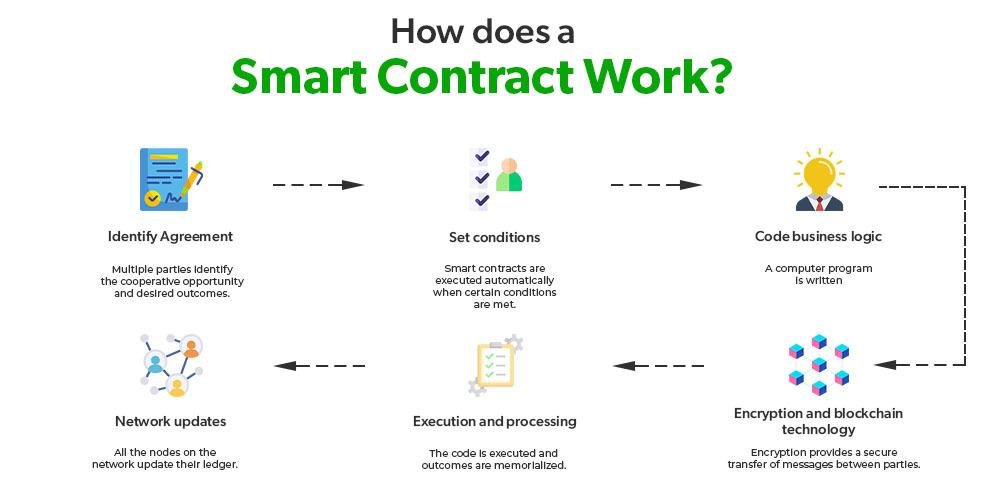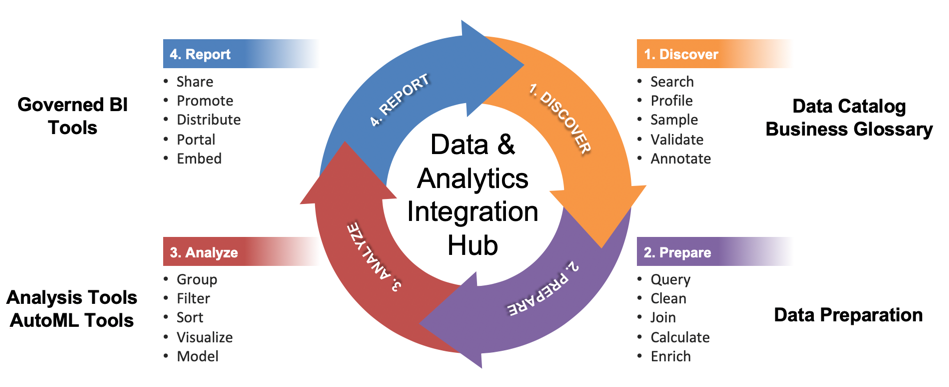A Beginner’s Guide to Implementing Legal Automation

Introduction
Technology is changing industries quickly, and the legal sector is no exception. Legal automation is becoming a powerful tool that helps law firms and legal departments improve efficiency, cut costs, and increase accuracy. For those unfamiliar with the topic, “A Beginner’s Guide to Implementing Legal Automation” is a helpful resource. This guide provides a clear overview of how to integrate automation into legal practices.
It covers the basics of legal automation, the types of tasks that can be automated, and the benefits that come with it. The guide also addresses common challenges and provides practical steps for successful implementation. By simplifying the process, this guide encourages legal professionals to embrace technology and remain competitive in a fast-changing environment.
Understanding Legal Automation: Key Concepts for Beginners
Legal automation is changing the legal industry by increasing efficiency and accuracy. Here’s a breakdown of the key concepts for beginners:
- What is Legal Automation?
- Legal automation uses technology to perform tasks that legal professionals usually handle.
- It includes document generation, contract management, legal research, and compliance monitoring.
- Automating these tasks saves time, cuts costs, and reduces human error.
- Tasks Suitable for Automation
- Tasks that are repetitive and routine are well-suited for automation.
- Examples include drafting standard contracts and managing client intake forms.
- Automating these allows legal professionals to focus on strategic activities, like advising clients and developing case strategies.
- Tools and Technologies
- Document Automation Software: Creates templates for frequently used documents, speeding up the drafting process and ensuring consistency.
- E-Discovery Tools: Analyze large volumes of data to find relevant information for litigation, reducing manual review time.
- Artificial Intelligence (AI): Analyzes legal documents, predicts case outcomes, and provides insights into judicial behavior, especially useful in contract analysis.
- Challenges of Legal Automation
- Data Security: Legal documents contain sensitive information, so automation tools must comply with data protection regulations and have strong security measures.
- Resistance to Change: Some legal professionals may hesitate to adopt new technologies, so adequate training and support are crucial.
- Strategic Approach to Automation
- Focus on areas where automation will have the greatest impact.
- Analyze existing workflows to identify inefficiencies that technology can address.
- A targeted approach maximizes benefits while minimizing disruptions.
You May Also Like: Legal Research & Document Automation
Benefits of Legal Automation for Law Firms
Legal automation is transforming law firms by streamlining operations and enhancing efficiency. Here are the key benefits:
- Time Savings
- Automates routine tasks like document review, contract management, and client intake.
- Allows lawyers to focus on complex legal work, improving productivity and job satisfaction.
- Cost Savings
- Decreases dependence on manual work, thereby reducing operational expenses.
- Automated billing systems minimize errors and ensure timely payments, allowing for competitive pricing.
- Increased Accuracy
- Automated systems follow set rules, ensuring consistency and precision.
- Reduces the risk of human error, maintaining the firm’s reputation for excellence and client trust.
- Better Data Management
- Centralizes and organizes information in easily searchable databases.
- Supports data-driven decision-making, enabling quicker access to case files and legal research.
- Enhances data security, protecting sensitive client information and ensuring compliance with privacy regulations.
- Improved Client Service
- Provides clients with real-time updates on their cases, enhancing transparency.
- Allows for more personalized interactions as lawyers can focus on client relationships.
- Adaptability to Future Technology
- Positions firms to easily adopt new technologies like AI and machine learning.
- Ensures law firms remain innovative and competitive in a changing industry.
Essential Tools for Implementing Legal Automation

Implementing legal automation can greatly improve efficiency and accuracy in legal services. Here are the essential tools to consider:
- Document Automation Tools
- Streamline the creation of legal documents using templates and preset rules.
- Reduce drafting time and minimize human error.
- Examples: HotDocs and Contract Express.
- E-Discovery Tools
- Help manage and analyze electronic data in legal cases.
- Use advanced algorithms to sift through large datasets, identifying relevant information.
- Examples: Relativity and Logikcull.
- Legal Research Tools
- Utilize artificial intelligence for quick access to legal information, case law, and statutes.
- Automate research processes to provide faster insights.
- Examples: Westlaw Edge and Lexis Advance.
- Practice Management Software
- Organize daily operations with features like case management, time tracking, billing, and client communication.
- Improve operational efficiency and client satisfaction.
- Examples: Clio and MyCase.
- Contract Lifecycle Management (CLM) Tools
- Streamline the entire contract lifecycle, from drafting to signing and renewal.
- Provide a centralized platform for managing contracts, ensuring compliance, and tracking milestones.
- Examples: Icertis and Agiloft.
- Integration Capabilities
- Ensure tools can seamlessly integrate with existing systems and other software.
- Create a cohesive workflow that enhances productivity and reduces redundancies.
Step-by-Step Guide to Automating Legal Processes
Implementing legal automation can feel overwhelming, but following a structured approach makes it manageable. Here’s a step-by-step guide:
- Identify Tasks for Automation
- Focus on repetitive, time-consuming tasks that don’t require complex decisions.
- Examples: document generation, client intake, and contract management.
- Automating these tasks allows for more time to focus on strategic initiatives.
- Evaluate Technology Solutions
- Research available legal automation tools and assess their strengths and weaknesses.
- Select a tool that meets the unique requirements of your practice.
- Take into account aspects such as user-friendliness, compatibility with current systems, and the ability to scale.
- Seek feedback from other legal professionals for insights.
- Implement the Technology
- Set up the software to align with your legal procedures.
- Involve key stakeholders (attorneys, paralegals, IT staff) to ensure correct setup and usage.
- Organize training sessions and workshops to help users familiarize themselves with the new system.
- Establish Usage Protocols
- Define who maintains the system, how updates will be managed, and procedures for technical issues.
- Clear protocols minimize disruptions and ensure a smooth transition to automation.
- Monitor Performance
- Regularly review the system’s output to identify any issues.
- Gather user feedback to find areas for improvement and optimization.
- Adjust the system as needed to meet evolving practice needs.
- Expand Automation Opportunities
- As you gain confidence, look for additional tasks to automate or ways to integrate with other technologies.
- Continuously explore new possibilities to enhance efficiency.
Overcoming Common Challenges in Legal Automation
Implementing legal automation offers significant benefits, but it also comes with challenges. Here’s how to overcome them:
- Resistance to Change
- Challenge: Legal professionals may be skeptical of automated systems.
- Solution: Foster a culture of openness and adaptability. Encourage continuous learning and provide comprehensive training to help staff feel comfortable with new technologies.
- Integration Issues
- Challenge: Existing legacy systems may not work with new automation tools.
- Solution: Assess current systems and identify integration points. Collaborate with IT professionals and software vendors for a smooth integration process. Choose flexible and scalable automation solutions.
- Data Security and Confidentiality
- Challenge: Legal work involves sensitive information, making data security critical.
- Solution: Select automation tools that prioritize data protection. Establish robust security protocols, including encryption and access restrictions. Perform routine security assessments and keep informed about cybersecurity risks.
- Cost Concerns
- Obstacle: The upfront costs of implementing automation can be substantial.
- Solution: Conduct a cost-benefit analysis to assess potential returns. Identify high-impact areas for automation to prioritize spending. Explore flexible pricing models or phased implementation strategies to manage costs.
- Quality and Accuracy
- Challenge: Legal automation must maintain high accuracy to avoid errors.
- Solution: Implement rigorous testing and quality assurance measures. Regularly review and update automated processes. Involve legal professionals in the design and testing phases to ensure the tools meet specific needs.
- Managing Expectations
- Challenge: Automation is not a cure-all for legal challenges.
- Solution: Set realistic goals and timelines. Share the advantages and drawbacks of automation with all stakeholders to encourage their support.
Future Trends in Legal Automation and Their Impact
The legal industry is evolving with the integration of automation technologies, reshaping how legal services are delivered. Here are key trends and their potential impacts:
- Adoption of AI and Machine Learning
- Trend: AI and machine learning are streamlining traditionally time-consuming tasks.
- Impact: AI tools can quickly perform document review and analysis, boosting productivity and allowing lawyers to focus on complex legal issues. These technologies are also improving in sophistication, enabling tasks like predicting case outcomes.
- Natural Language Processing (NLP)
- Trend: NLP technology is being used to automate the drafting of legal documents.
- Impact: This makes it easier to generate standard agreements and conduct legal research, allowing legal professionals to use their time and resources more effectively, enhancing client service.
- Rise of Cloud-Based Legal Platforms
- Trend: Cloud-based platforms are becoming more common for managing legal documents.
- Impact: They offer secure, centralized environments for collaboration and compliance, making automation accessible for law firms of all sizes without heavy upfront investments.
- Impact on Workforce
- Trend: Legal automation may change the roles of legal professionals rather than replace them.
- Impact: By automating routine tasks, lawyers can engage in more strategic work, leading to greater job satisfaction and intellectually stimulating roles.
- Equitable Access to Legal Services
- Trend: Automation can lower the costs and time associated with legal processes.
- Impact: This could make legal assistance more affordable and accessible, particularly for individuals and small businesses historically underserved by the legal system.
Conclusion
“A Beginner’s Guide to Implementing Legal Automation” provides a comprehensive overview of how legal professionals can leverage technology to streamline their workflows and improve efficiency. The guide outlines the benefits of automation, such as reducing manual tasks, minimizing errors, and enhancing productivity. It emphasizes the importance of understanding the specific needs of a legal practice and selecting appropriate tools that align with those needs. Additionally, the guide highlights the significance of change management and training to ensure successful adoption. By following the steps outlined, legal teams can effectively integrate automation into their processes, ultimately leading to more efficient and cost-effective legal services.
























































































































































































































































